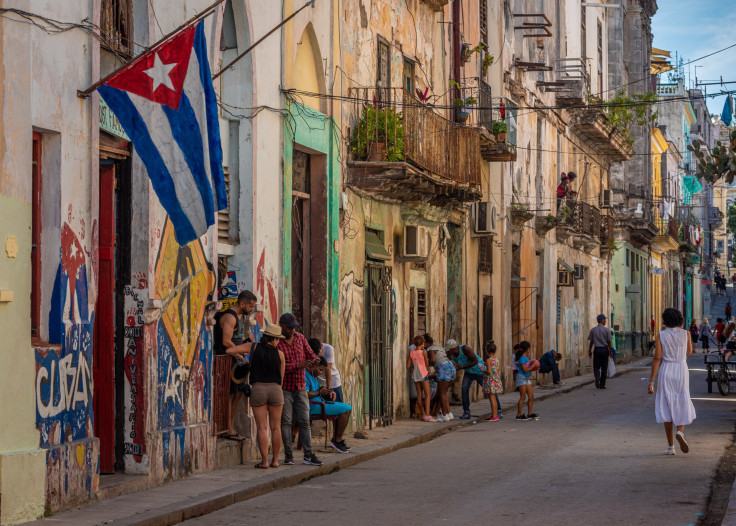
Cuba announced a "partial" and temporary dollarization of its economy amid the deepening of a crisis that has led a significant part of its population to leave the country over the past years.
Prime Minister Manuel Marrero described the current scenario as a "war economy" and said the government will start accepting payments in foreign currencies at venues related to its industry, including hotels and stores.
The decision marks a departure from the current system, whereby tourists have to purchase prepaid cards in the local virtual currency, MLC, to buy goods and services. Marrero said that the country's poor technological infrastructure is a main reason behind the change.
"It cannot be that [tourists] want to buy an expensive excursion, and at that moment there is no connectivity and they cannot pay with the card," Marrero said. "They have cash but we say no and we lose the money."
The official blamed the private sector and the informal exchange market for the situation, saying they take most of the foreign currency entering the country, claiming that about $2 billion "previously controlled by the state has gone to that market, partly illegal."
The Cuban government has also announced further controls on the private sector, including measures related to their bank accounts, price caps and higher taxes.
Earlier this month, the government imposed price caps on some imported foods, heeding warnings from businessmen that this would lead to the halting of their activities. Chicken, powdered milk, pasta and other essentials are among the goods reached by the measure.
In a meeting with government officials in June, businessmen from the private sector said the price didn't take into account the many taxes and fees they must pay to import goods and resisted the caps. Officials did suspend custom tariffs for six products, but businessmen said it wasn't enough and warned the measure will exacerbate food shortages.
The worsening situation has led to a sharp drop in the Cuban population, which dropped by almost a fifth between 2022 and 2023, according to recent calculations by a local demographer.
Juan Carlos Albizu-Campos determined the country's current population now stands at 8.62 million. He did so after extrapolating the amount of Cubans who have arrived in the U.S. between October 2021 and April 2024, as he says historical trends show such migration accounts for a third of the total.
The government said 11.11 million people lived in Cuba in December 2021, but the demographer said the figure is "fake." Based on electoral registers between 2013 and 2023, he says, the population was 10.48 million back then.
Overall, over 738,000 people in Cuba left for the U.S. during the period, based on calculations combining visas granted, humanitarian parole cases and apprehensions following unlawful crossings. Based on Albizu-Campos' calculations, 1.79 million people left the country between 2022 and 2023, an unprecedented figure in the country's recent history.
© 2025 Latin Times. All rights reserved. Do not reproduce without permission.





